Decisions ahead in Brest Atlantiques
Published on November 23rd, 2019
(November 23, 2019; Day 19) – Following Sodebo Ultim 3’s retirement, the fleet of three trimarans still racing in the 14,000nm Brest Atlantiques have broken away from southwest Africa’s Namibian coast, taking a westerly route to the north of the St Helena high. This section of the race requires clever strategy to negotiate the course, to choose when to gybe and which angles to set in the unstable wind conditions that lie ahead.
The St Helena High extends almost the entire width of the South Atlantic between Rio and Cape Town, with the maxi trimarans seeking SE’ly trade winds in order to make headway towards the equator and the Doldrums. But the trade winds are not established explained Franck Cammas from on board the leading boat, Maxi Edmond de Rothschild: “It’s quite amazing just how erratic it is.”
For Cammas and Charles Caudrelier, this section of the course is testing them, as evidenced by the two gybes they had to put in today, probably to avoid getting too close to the area of high pressure. And it is no less complicated for their pursuers, who are just over 300 miles behind, who have to make a strategic decision in the coming hours.
This is summarized by Yves Le Blevec, who, with Alex Pella on Actual Leader, has taken second place again from MACIF (François Gabart/Gwénolé Gahinet), who was 3 knots slower between the 12h and 16h rankings: “On the one hand we have a southerly route, which requires upwind sailing in a front, it’s a little complicated with a crossed sea, but overall faster, on the other side two fairly fast northerly routes but with an area where there’s not much wind; we’ll have to decide to go right or left in a few hours.
“I don’t think we’re taking the hard option, because our main objective right from the start of the race up to the finish is to look after the boat and keep her in good condition, so if we can avoid having tough conditions that could put the boat in any kind of risk, which we have already done a lot of and will have more in the northern hemisphere, we’re avoiding it, even if it could cost us a few more hours.”
There will be a clearer indication of what lies ahead tomorrow.
Event details – Race brochure – Tracker – YouTube
The race sends these doublehanded speedsters on a course from Brest that will turn at Rio de Janeiro (Brazil) and Cape Town (South Africa) before returning to Brest. The Ultim Class is for trimarans with a maximum length of 32 meters and a maximum width of 23 meters.
The turning marks will see the boats leave to port the chain of Cagarras Islands, in front of the famous Ipanema beach in the Bay of Rio and Robben Island off the coast of Cape Town, where Nelson Mandela was imprisoned for 18 years.
It is an unprecedented course, lined with several weather traps, especially along The Cape, a route almost never taken in offshore racing.
Each entry will be skippered by four fantastic pairs and accompanied by a media man who is not allowed to take an active role in the performance of the boat. The teams are:
• Actual leader: Yves Le Blévec/Alex Pella
• Maxi Edmond de Rothschild: Franck Cammas/Charles Caudrelier
• Trimaran Macif: François Gabart/Gwénolé Gahinet
• Sodebo Ultim 3: Thomas Coville/Jean-Luc Nélias
Source: BREST ULTIM SAILING

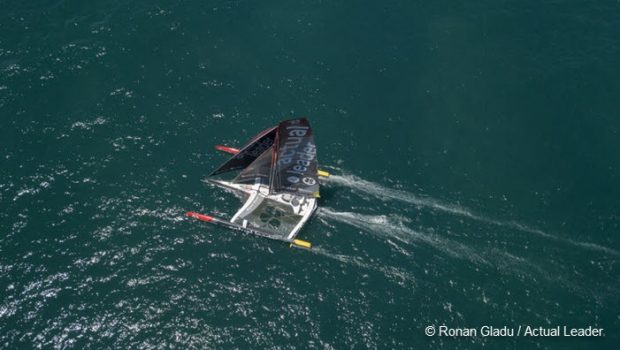




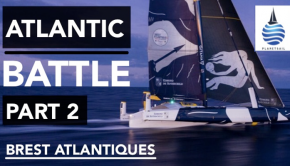
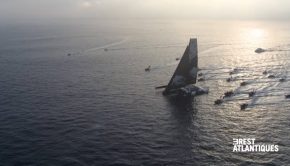
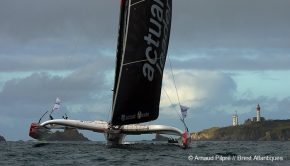
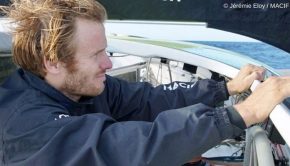
 We’ll keep your information safe.
We’ll keep your information safe.